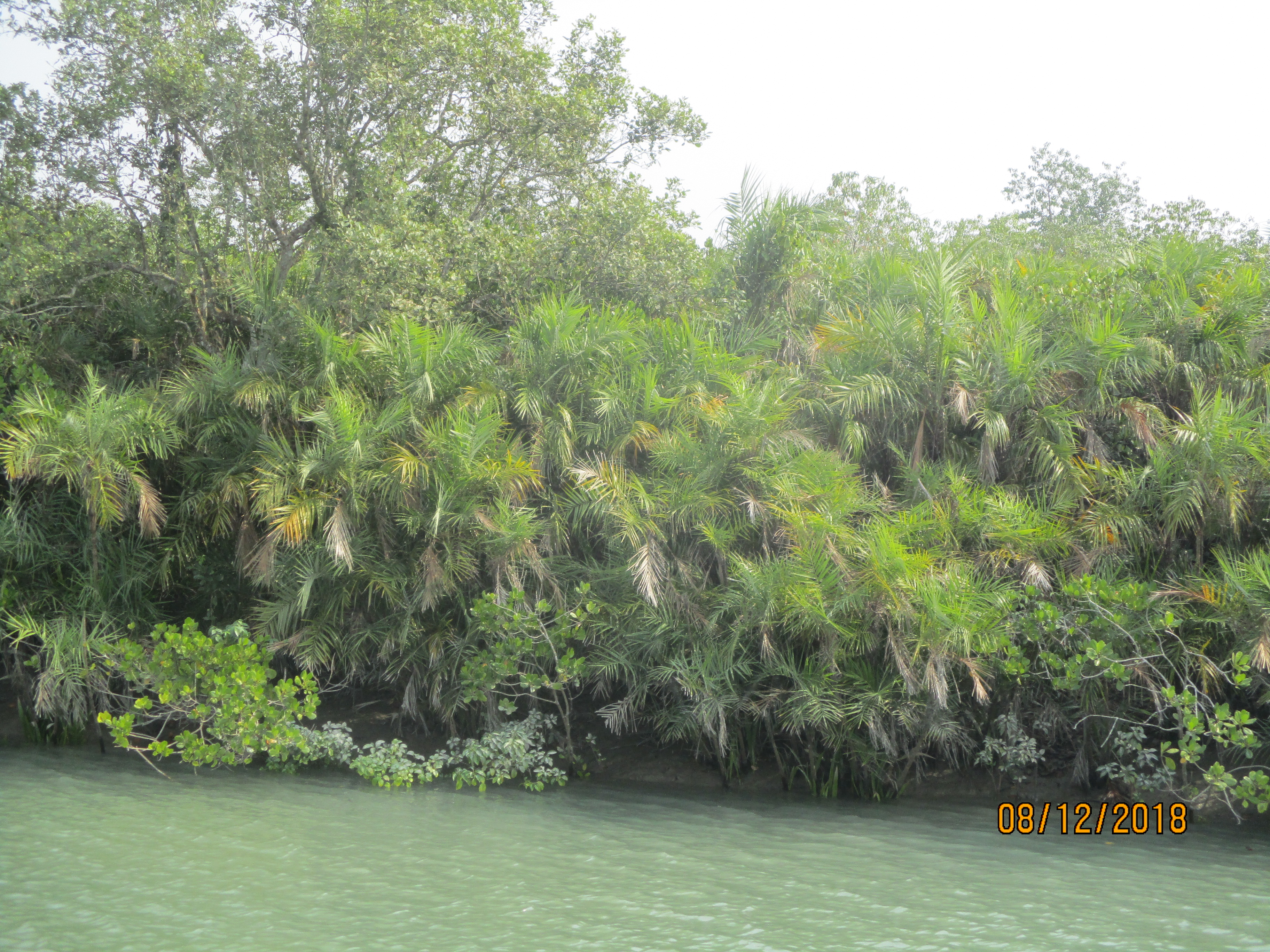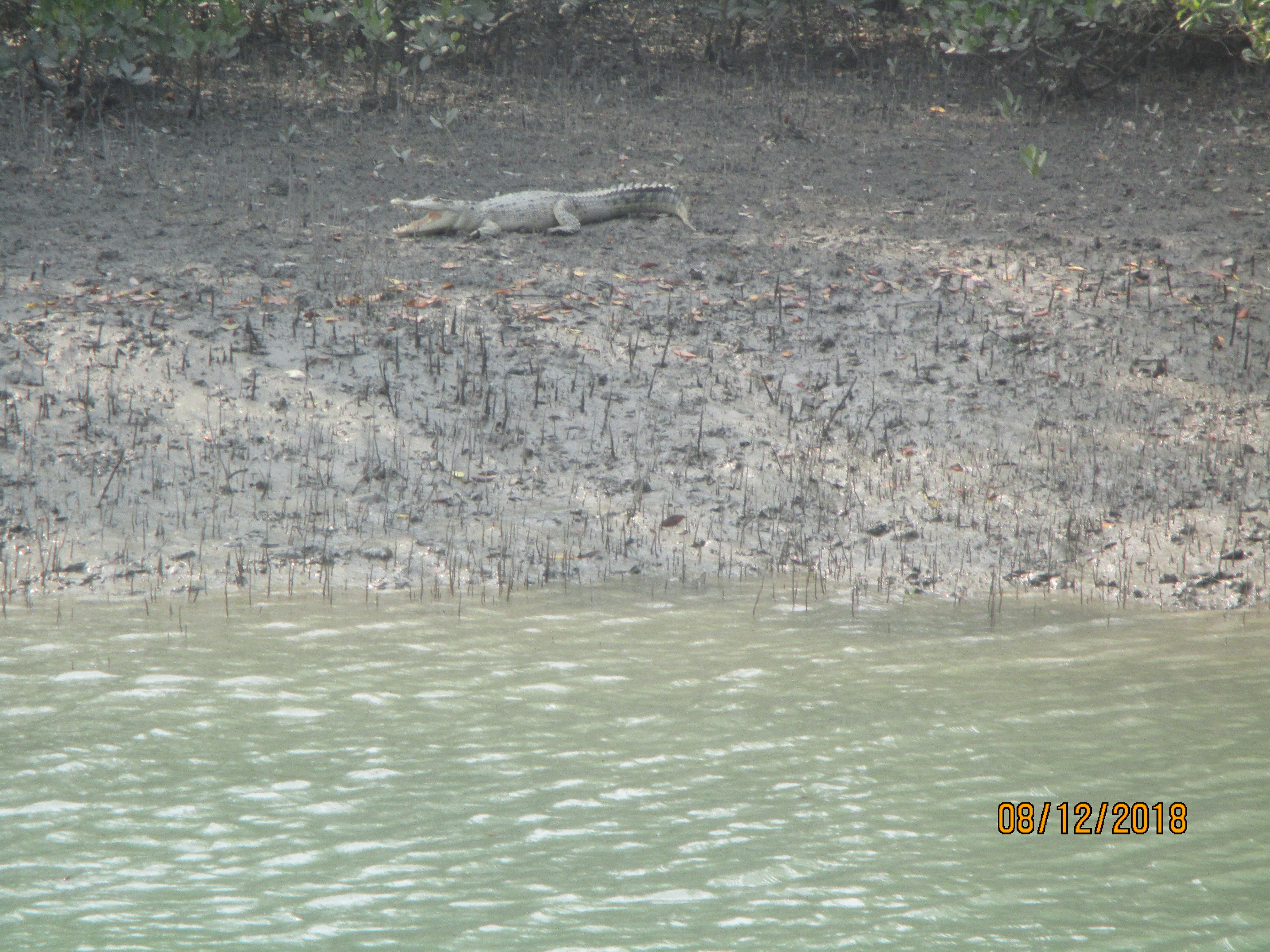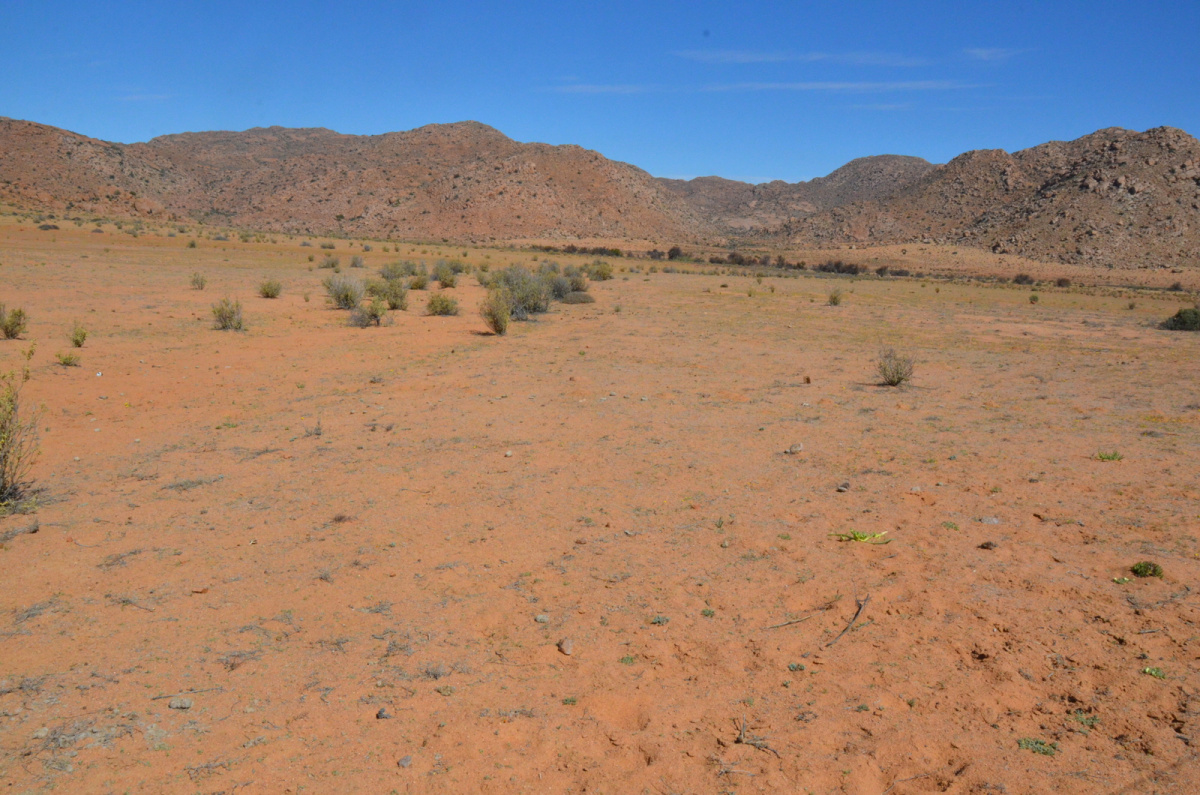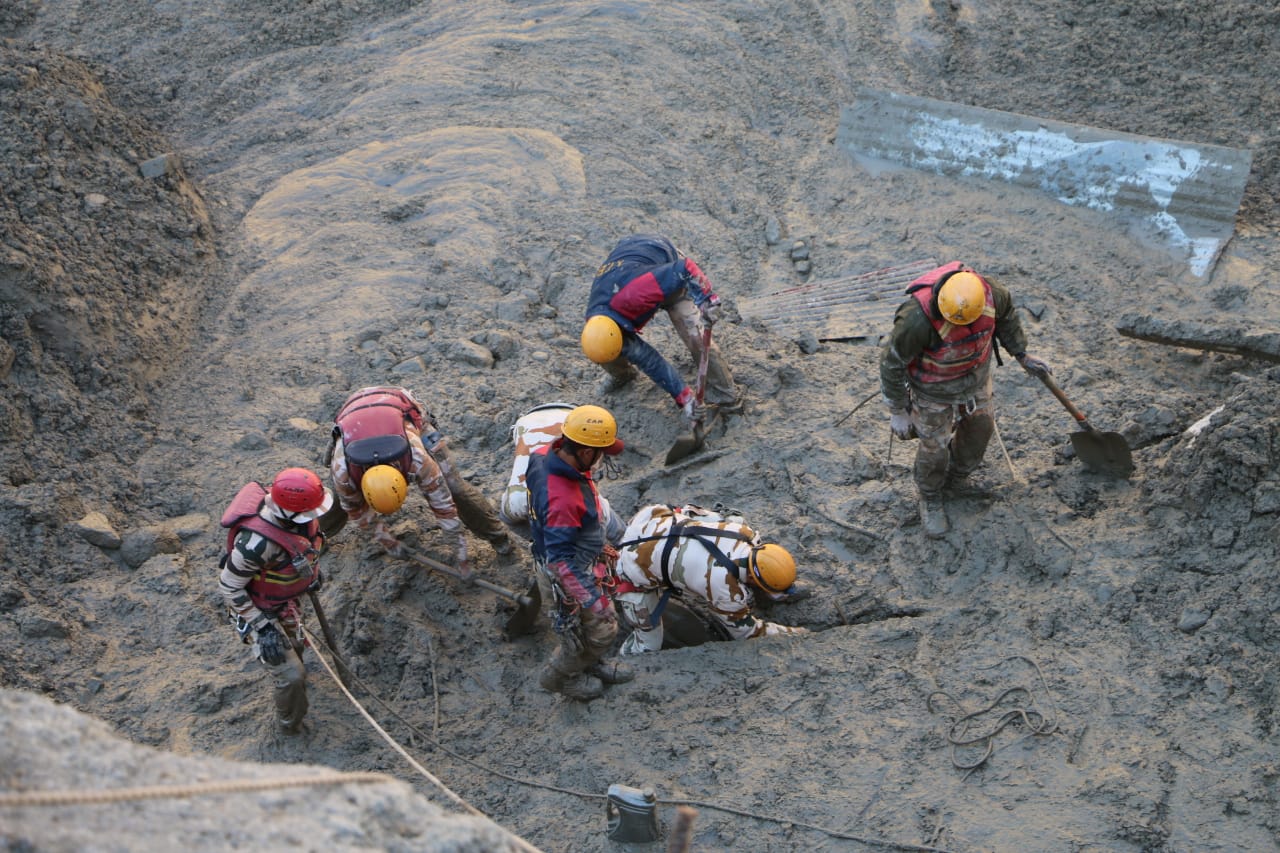Private Sector Engagement and Conservation in West Bengal: monitoring Compensatory Afforestation
CEESP News: by Sudeep Budhaditya Deb, Deputy Chief Executive Officer, West Bengal Compensatory Afforestation Fund Management and Planning Authority, Government of West Bengal, India
Regulations, incentives or collaborations are three major modes for involving the private sector in the conservation paradigm.
Activities of the Compensatory Afforestation Fund Management and Planning Authority (CAMPA) in India conform to the Regulations parameter in the afore-mentioned list. It enforces user agencies (including Private Sector entities) to comply with Compensatory Afforestation (CA) related statutory provisions of providing equal quantum of non-forest land for plantation raising purpose and the cost of such against every parcel of forest land diverted. Thus, raising the cost of demand over forest land for non-forestry purposes that dis-incentivises the process.

Photo: Sudeep Budhaditya Deb
Photo from West Bengal - the Sunderban landscape
Regulations, incentives or collaborations more or less define the three important parameters for involving Private Sector in the Conservation paradigm. These together surmise the compliance factor, the incentive mechanism for promotion of voluntary initiatives, as well as development of collaborative approaches that are vital in the Conservation realms of the nature and natural resources involving the Private sector.
The Compensatory Afforestation (CA) dimension in India, made mandatory against every parcel of notified forest land diverted for non-forestry purpose, follows the strategy of compensating loss of 'land by land' and 'trees by trees'. Compensatory Afforestation Fund Management and Planning Authority (CAMPA), constituted under Compensatory Afforestation Act, 2016, has been given the responsibility to ensure thus in India. It enforces user agencies - mostly the public utility services industry, mining companies, infrastructure and transportation network building authorities, etc., that also represent private sector participants - to comply with statutory provisions of providing equal quantum of non-forest land for plantation raising purpose and the cost of plantation raising activities for every parcel of forest land diverted. Therefore, the work of CAMPA in India more or less conforms to the Regulations parameter in the afore-mentioned list of modalities in involving Private Sector in the Conservation paradigm.
 Photo: Sudeep Budhaditya Deb
Photo: Sudeep Budhaditya Deb
Photo from West Bengal - the Sunderban landscape
All such proposals are to be submitted with a comprehensive scheme for CA. The CA is mandated to be raised on suitable non-forest land, equivalent to the area proposed for diversion, at the cost to be paid by User Agency requisitioning such diversions. The Honourable Supreme Court of India, in order dated 29th October 2002 (in Writ Petition (Civil) No. 202/95), directed that a Net Present Value (NPV) of forest land diverted was also to be collected from the User Agency, in addition to the monies collected for the purpose of Compensatory Afforestation.
All such funds received in connection with diversion of forest land was ordered to be deposited with an ad hoc CAMPA, till the Compensatory Afforestation Fund Management and Planning Authority (CAMPA) is established by an act of the Indian Parliament.
On 10th July 2009, the Supreme Court again ordered to :
- Create a permanent institutional mechanism for utilisation of these funds, and
- Specified creation of a two-tiered structure of ad hoc CAMPA – at National and the State / Union Territory level. The State level ad hoc CAMPA is to receive funds from the National CAMPA.
Nevertheless in 2013, the Comptroller and Auditor General (CAG) of India, in their published audit report, identified that the funds collected for CA continued to be underutilized in the states. This made the apex court in India take a serious view in this matter. However, in compliance to the series of orders of the honourable Supreme Court of India, a Compensatory Afforestation Fund Bill 2015 was introduced by the government in Lok Sabha ( the lower house of the Indian Parliament) on May 8, 2015 to regulate the collected funds. The bill was subsequently sent for examination under a standing committee of the Parliament. After incorporating the observations and suggestions of the standing committee, the bill was finally passed by the Parliament and was notified on 3rd August, 2016 as the Compensatory Afforestation Act, 2016.
 Photo: Sudeep Budhaditya Deb
Photo: Sudeep Budhaditya Deb
Photo from West Bengal - the Sunderban landscape.
Uploading geo-referenced polygons for every parcel of CA land has been made mandatory on the E-Greenwatch portal for the purpose of monitoring on a real time basis, as well as analysing status of these plots temporally over time, utilising GIS and remote sensing technologies. The data in this regard has been kept in the public domain for the sake of total transparency in this matter.
West Bengal Compensatory Afforestation Fund Management and Planning Authority (WBCAMPA) was notified and constituted on 30th September, 2018 vide S.O. No.4856 (E) dated 14.9.2018 by the Ministry of Environment Forests & Climate Change (MoEFF & CC), Government of India (GoI). The Government of West Bengal, Department of Forests subsequently established the State Compensatory Afforestation Fund – West Bengal (SCAF) vide Notification No. 217-For/FR/O/D/8M-21/2018 dated 06.02.2019, for the purpose of management by the WBCAMPA.
The entire exercise has now streamlined the forest land diversion process and has thus ensured a control over the unrestricted loss of habitats and biodiversity associated with the forest eco-systems. The Private sector has been statutorily involved in this process, by enforcing them to bear the cost of any forest / environmental losses in connection with their entrepreneurial initiatives. Thus, raising the cost for any further demand over the forest land for non-forestry uses.



